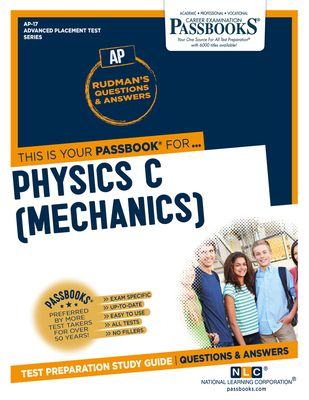COURSE DESCRIPTION
Explore concepts such as kinematics; Newton’s laws of motion, work, energy, and power; systems of particles and linear momentum; rotation; oscillations; and gravitation. You’ll do hands-on laboratory work and in-class activities to investigate phenomena and use calculus to solve problems.
CHAPTERS
Unit 1: Kinematics
You’ll begin your study of motion and the quantities associated with the motion of an object: position, velocity, acceleration, and time.
Unit 2: Newton’s Laws of Motion
You’ll investigate Newton’s laws of motion, which describe the relationship among moving objects and the forces acting on them.
Unit 3: Work, Energy, and Power
You’ll learn to define and calculate work, energy, and power and become familiar with the principle of conservation as a foundational model of physics.
Unit 4: Systems of Particles and Linear Momentum
You’ll be introduced to the concepts of center of mass, impulse and momentum, and the conservation of linear momentum.
Unit 5: Rotation
You’ll gain an in-depth comprehension of rotational motion by investigating torque and rotational statics, kinematics, and dynamics.
Unit 6: Oscillations
You’ll explore the forces that cause objects to repeat their motions with a regular pattern.
Unit 7: Gravitation
You’ll investigate gravitational forces and the relationships shared between planets, satellites, and their orbits.
Skills You'll Learn
Interpreting and describing visual representations of physical situations
Coming up with a hypothesis and designing an experiment to test it
Creating graphs and diagrams to represent data and physical situations
Analyzing data shown in a graph
Determining the relationship between physical qualities
Solving physics problems using mathematical relationships
Developing and supporting a scientific claim with evidence



